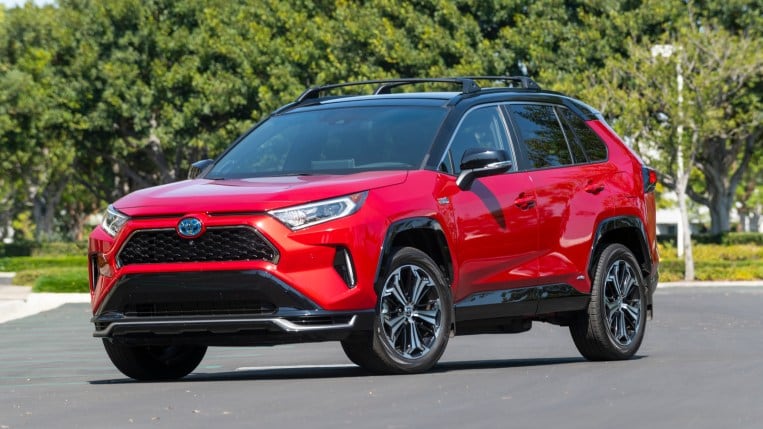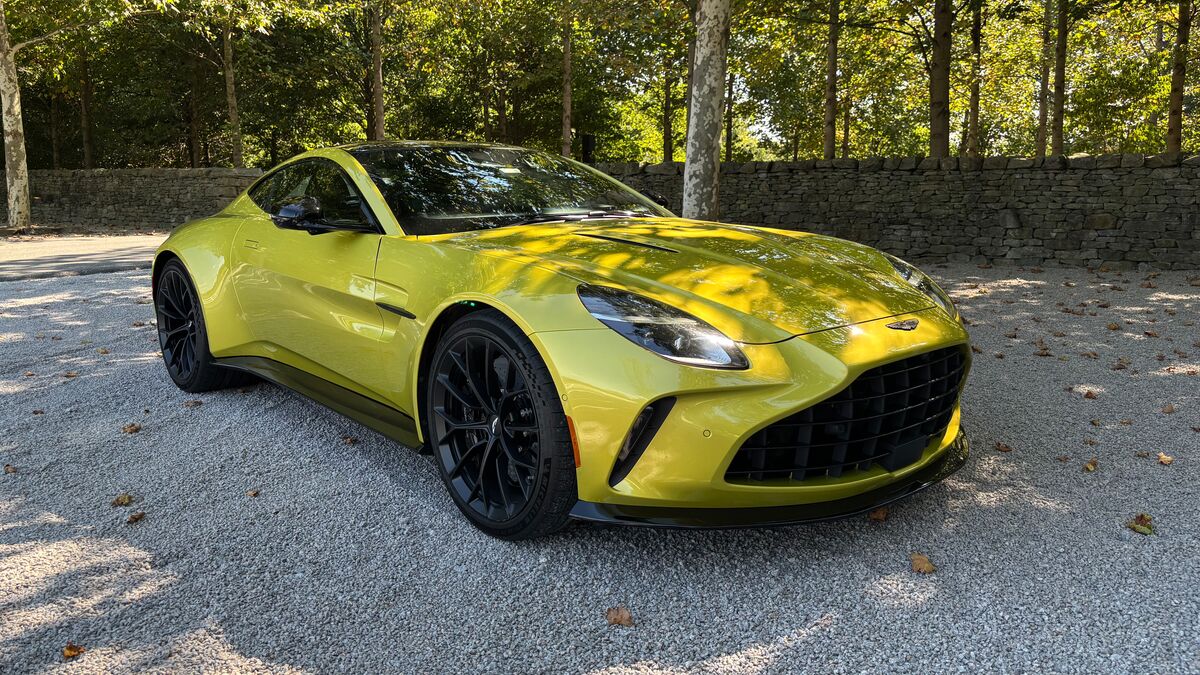
In the early weeks of March, shopping behavior on Kelley Blue Book and our sister site Autotrader has changed.
- EV shopping consideration rose 69% from January when gas prices started to rise.
- Shopping consideration for hybrids increased 32% from the beginning of the year.
- Shopping for fuel-efficient subcompact and compact sedans increased 16%.
- EV shopping consideration spiked the most among non-luxury buyers — those most impacted by higher gas prices — and for electric SUVs versus cars.
- Car shoppers in the West, where gas prices are among the highest in the country and EVs are more common and accepted, showed the biggest spike in interest in EVs. The South also showed much higher interest in EVs than earlier.
The most-read article in our own news and advice sections this month is entitled “How Much Does It Cost to Charge an EV?”
Related: How Much do Rising Gas Prices Actually Cost You?
America’s car-shopping habits had begun to change before gas prices began to rise.
As Cox Automotive Executive Analyst Michelle Krebs notes, “Cox Automotive data was showing a general rise in interest for EVs and hybrids even before the spike in gas prices. While high fuel costs may further accelerate the interest in fuel-efficient vehicles, it is too early to tell if it will permanently change buying behavior. Near term, changing driving habits and gas consumption may be the only options for consumers.”
Cox Automotive is the parent company of both Kelley Blue Book and Autotrader.
This Has Happened Before
A shortage of gasoline has reshaped the auto industry before. The oil crisis of the 1970s helped spur American interest in smaller, more fuel-efficient cars. Japanese automakers gained a beachhead in the American market with fuel-sipping small cars in response and have remained among the best-selling automakers in America ever since.
But other problems rocking the auto industry may prevent a rapid shift to more fuel-efficient vehicles.
This Time May Be Different
Inventory levels remain low for all types of vehicles. A global microchip shortage has left automakers unable to build cars fast enough to meet demand for most of a year. Automakers have used the limited inventory of chips they can get to build their most profitable models — mostly trucks and SUVs.
That has left EVs, hybrids, and small fuel-efficient cars among the vehicles with the tightest supply.
In just the last month, further disruptions have rocked the auto industry. A new wave of COVID-19 infections in Asia has led some automakers to trim output. Toyota — builder of more than half the hybrids Americans bought last quarter — recently announced a plan to slow much of its production for three months in response.
Russia’s ongoing war in Ukraine has disrupted the supply of wiring harnesses (often built in Ukraine) and left some European automakers building fewer cars. Volkswagen has been forced to pause production of the only EV it currently sells in the U.S., the ID.4 SUV.
The oil crisis of a half-century ago helped shrink the average car on American roads for a generation. But hybrid and EV technology could mean Americans could keep their preference for large trucks and SUVs and simply shift to electric ones. But inventory shortages and a lack of EV infrastructure may hold back the flood of electric pickups automakers have planned.







